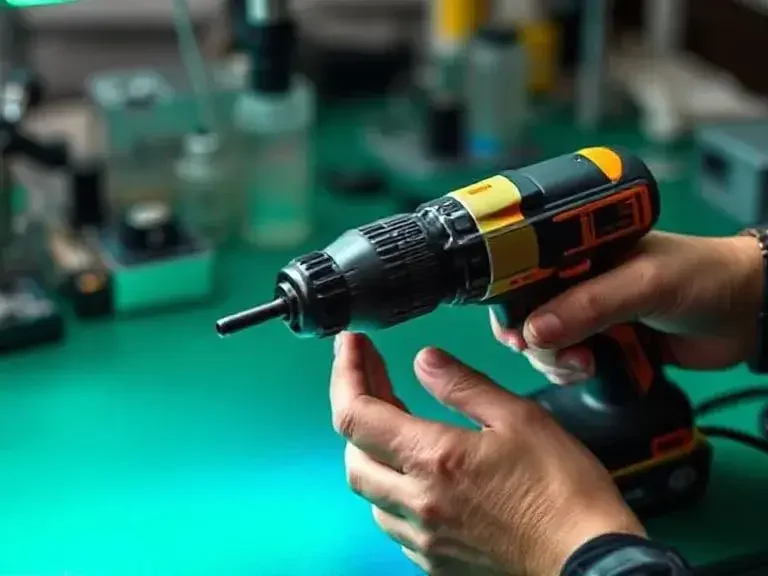How Aftermarket Batteries Are Made: Inside A Certified Factory
In this section, we provide an overview of the high-quality Li-ion battery pack production process—from raw material selection to after-sales support—explaining why each step is critical for performance, safety, and lifespan.
High-grade aftermarket batteries depend on rigorous factory protocols to match or exceed OEM expectations.

1. How Are Raw Materials Chosen and Inspected?
This section analyzes why only Tier-1 brand cells are used and how incoming inspections ensure traceable capacity, tolerance, and internal resistance.
- Tier-1 Cells: Panasonic, Samsung, CATL (A-grade: ≤ 3% capacity tolerance; ≤ 15 mΩ internal resistance)
- Incoming Inspection: Batch traceability via QR codes; sample testing for capacity (mAh), C-rate, and IR to guarantee performance consistency
XNJTG: We source directly from certified cell manufacturers and log every lot in our QA system.
2. Precision Assembly: Welding, Balancing & Testing
This section details cell grouping, laser welding, and strict aging protocols that reduce failure rates below industry averages.
- Cell Grouping & Balancing: Cells matched by voltage, capacity, and internal resistance to within 0.5% variation.
- Full-Tab Laser Welding: Offers superior mechanical strength and a minimal heat-affected zone vs. ultrasonic welding.
- Aging & Stress Tests: 3× full cycles; temperature extremes (−20°C to 60°C); randomized vibration and shock tests.
Failure Rate: < 0.1% vs. 2–5% industry average
Each pack undergoes automated SOC balancing before BMS integration to ensure uniform cell health.
3. What Makes the BMS the Heart of Safety & Longevity?
Explore core BMS functions and patented algorithms that extend cell life and support multi-brand compatibility.
- Features: Over-charge/discharge protection; real-time temperature sensing; active cell balancing
- Patented Algorithm: AI-driven charge profiles increase usable cycles by 20%
- Multi-Protocol Support: Compatible with DeWalt, Makita, Bosch, Milwaukee, and Dyson communication standards
XNJTG in-house BMS firmware is continuously updated and validated in our lab for cross-platform reliability.
4. How Are Batteries Packaged and Certified for Safe Transport?
Decode UN38.3 testing and protective packaging design, plus how after-sales services boost customer confidence.
- Protective Packing: Custom foam inserts, anti-static bags, compliance labeling, and shock indicators
- UN38.3 Testing: Altitude, thermal, vibration, shock, external short, impact tests per UN manual 38.3
5. How Do Cost Efficiency & Customization Drive ODM/OEM Solutions?
Analyze how scale procurement and integrated design lower costs, and outline fast-turn customization workflows.
- Scale Discounts: 5-15% off cell procurement through volume contracts
- Design Savings: Full-tab architecture saves \$1.20 per pack in assembly labor
- Lead Times: Prototype samples in 5–7 days; bulk orders in 20–25 days via US/EU/CA warehouses
- Private Label: Custom branding, voltage tweaks, packaging—MOQ 50 units
Leverage XNJTG's end-to-end supply chain to launch private-label packs in under a month.
6. Why Choose XINJITONG (XNJTG) for Your Battery Needs?
Showcase global warehousing, response times, and certifications—plus cold-climate performance guarantees.
- Global Warehouses: USA, Europe, Canada—reducing lead times and shipping cost
- Technical Support: 48-hour response SLA; 12-month
- Certifications: CE, FCC, KC, PSE; tested performance ≥ 85% capacity at −30 °C
Partner with XNJTG for guaranteed quality, rapid fulfillment, and expert after-sales care.